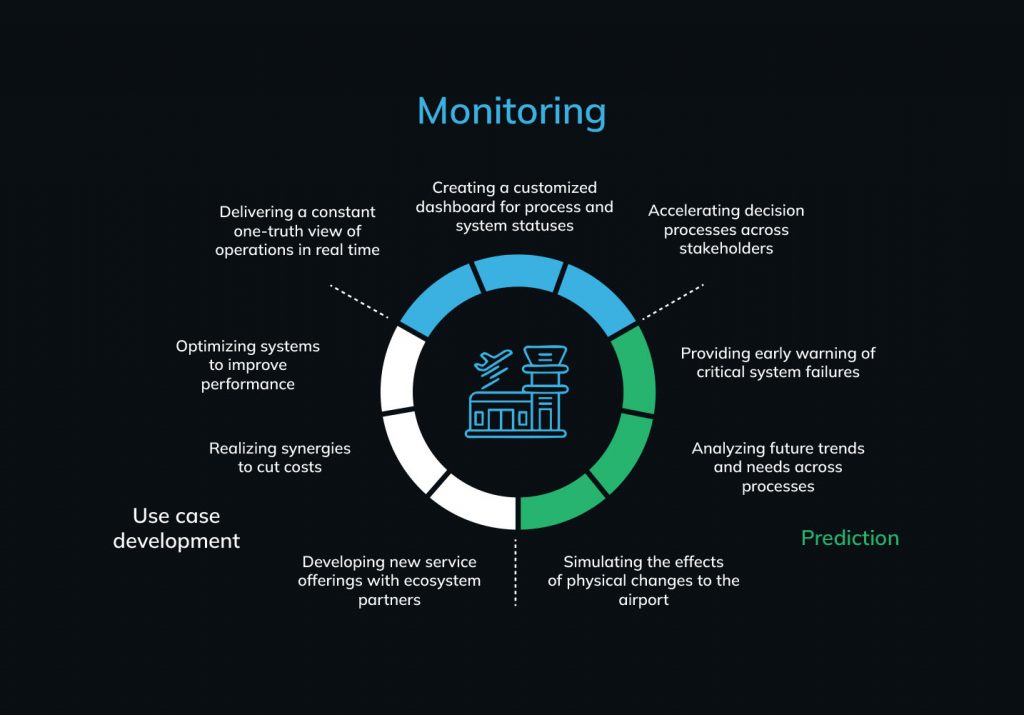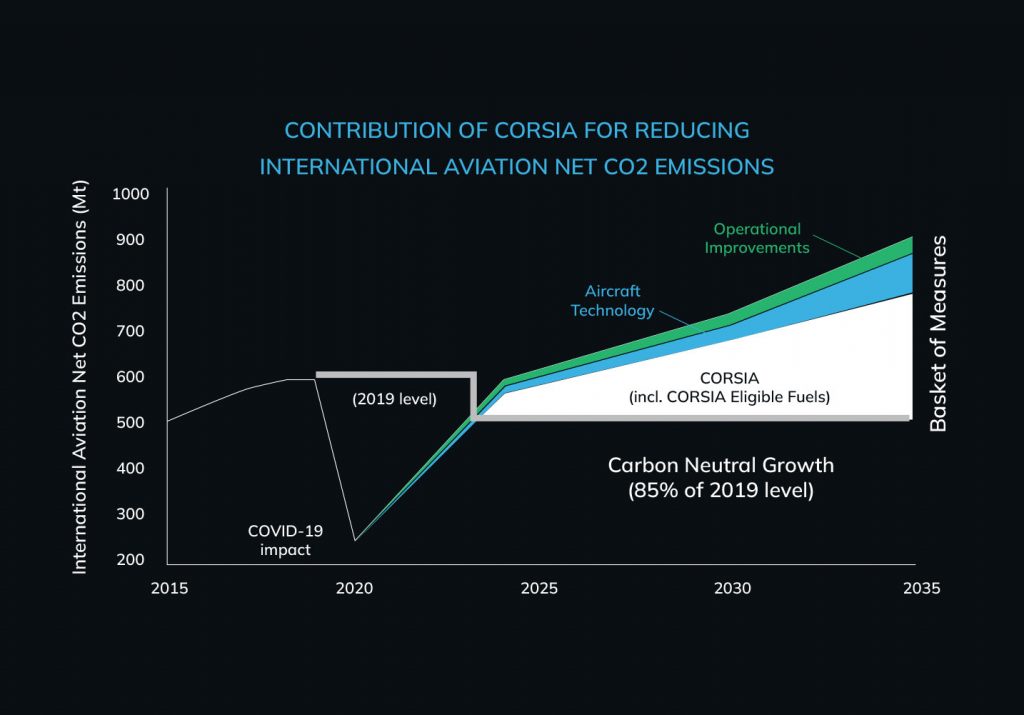How Consultancy Services Help Aviation Businesses Navigate Complexity
14 February 2025
| By Just Aviation TeamThe aviation industry operates in a highly interconnected and technically demanding environment, requiring precise coordination of numerous systems, regulatory adherence, and data-driven decision-making. Aviation consultancies provide specialized, technical expertise to help businesses overcome these complexities, ensuring operational reliability, safety, and profitability. Below, we delve deeper into specific areas where consultancy services bring value, with a focus on details and real-world applications.
1. Optimizing Operational Workflows
Operational workflows in aviation are highly synchronized, and even minor disruptions can escalate into significant delays.
Aircraft Turnaround Optimization
- Gate Allocation: Consultants deploy advanced optimization algorithms using constraints such as passenger connections, aircraft type, and gate proximity to minimize taxi times. By integrating tools like A-CDM (Airport Collaborative Decision-Making), real-time gate reassignments are automated during disruptions.
- Crew Coordination: Wearable devices for ramp agents, integrated with operational dashboards, ensure task completion within SLA (Service Level Agreements). For example, a baggage-loading team can receive automated notifications for load balancing adjustments if discrepancies are detected via connected scales.
Aircraft Parking and Ground Equipment Deployment
- Consultants analyze patterns of ground equipment deployment, such as GPU (Ground Power Unit) positioning, through heatmaps generated from real-time movement data. Recommendations are made to reorganize equipment staging areas to reduce the time spent in transit to aircraft.
- Aircraft parking is optimized by simulating apron layouts using dynamic models to determine ideal positions based on passenger transfer times, fueling needs, and gate availability.
Ground Staff Scheduling Optimization
- Peak periods at airports require precise scheduling of ground staff. Consultants create predictive models based on passenger volume, flight schedules, and baggage trends. Using historical data, algorithms are developed to predict peak baggage load times, enabling the proactive deployment of additional staff to prevent backlogs.
Real-Time Performance Monitoring
- IoT sensors installed on ground support equipment (e.g., tugs, fuel trucks) transmit utilization data to a centralized dashboard. Consultants use this data to assess equipment idling times and develop predictive models for maintenance scheduling, reducing unplanned downtime.
2. Enhancing Safety and Regulatory Compliance
Operationalizing safety and compliance goes beyond policy formulation; it requires embedded practices across the organization.
Flight Data Analysis for Compliance
- Consultants use Flight Data Monitoring (FDM) tools to analyze operational parameters from flight recorders. For example, they identify trends in unstable approaches and develop specific SOPs (Standard Operating Procedures) to mitigate risks.
- Regulatory gap assessments are conducted with a focus on line maintenance compliance. For instance, consultants may integrate software for tracking airworthiness directives and service bulletins in real-time.
Audits and Simulations
- Using compliance auditing tools, consultants evaluate adherence to ICAO Annexes, such as Annex 19 for Safety Management Systems (SMS). Simulated operational disruptions are created to test response mechanisms against regulatory benchmarks.
Fatigue Risk Management Systems (FRMS)
- Airline crew schedules are optimized using FRMS guidelines from ICAO. Consultants analyze duty rosters and create predictive fatigue models, ensuring that crew rest periods align with operational demands while adhering to safety regulations.
3. Sustainability and Environmental Efficiency
Operationalizing sustainability requires granular technical interventions.
Fuel Efficiency Programs
- Consultants analyze historical flight data using tools to identify opportunities for fuel savings. This includes recommendations for climb and descent profile adjustments, flap retraction schedules, and reduced auxiliary power unit (APU) usage during taxiing.
- Fuel-saving measures are paired with AI-driven tools for route optimization which leverage real-time wind and weather data to suggest the most fuel-efficient routing.
Emission Tracking and Reporting
- For airports, consultants implement emission trackers that integrate with Ground Support Equipment (GSE) management systems. By quantifying CO2 emissions for every equipment cycle, they enable granular reporting in compliance with ICAO CORSIA (Carbon Offsetting and Reduction Scheme for International Aviation).
4. Revenue Management and Advanced Pricing Strategies
Revenue maximization requires real-time operational adjustments driven by technical inputs.
Overbooking Optimization
- Consultants develop demand forecasting models that consider factors like seasonal travel patterns, booking lead times, and cancellation probabilities. These models are used to fine-tune overbooking rates, ensuring that flights operate at optimal capacity without excessive denied boardings.
- Strategies for dealing with irregular operations (IROPs), enabling real-time fare adjustments based on passenger re-accommodation priorities.
Dynamic Ancillary Upselling
- Using passenger segmentation, consultants recommend targeted upselling strategies. For instance, during check-in, frequent business travelers might receive dynamic seat upgrade offers based on aircraft load factors and real-time inventory.
5. Digital Transformation and Technological Integration
Digital transformation in aviation is a multi-layered process, requiring alignment of legacy systems with modern technologies.
IoT-Driven Predictive Insights
- Consultants assist in deploying Digital Twin models for critical assets like engines or landing gears. By simulating operational conditions, they provide maintenance teams with early warnings about stress points, enabling preemptive action.
- For airports, the influence of IoT platforms monitor equipment like escalators, HVAC systems, and baggage carousels, predicting failures and optimizing maintenance schedules to minimize disruptions.
Cybersecurity in Operations
- As aviation increasingly relies on connected systems, consultants implement cybersecurity measures like SIEM (Security Information and Event Management) platforms. These systems detect and mitigate potential cyber threats, ensuring operational continuity in areas like air traffic control or reservation systems.
Runway Condition Monitoring
- Consultants guide airports in deploying ICAO-endorsed Runway Condition Assessment Matrices (RCAM). By using friction-measuring devices and IoT sensors, real-time data is collected to update pilots and controllers about runway braking conditions during adverse weather.
Automatic Dependent Surveillance – Broadcast (ADS-B) Integration
- Consultants assist in aligning fleet systems with ADS-B mandates for surveillance. They create step-by-step plans to retrofit transponders, test integration with air traffic management systems, and ensure minimal disruption to operational schedules.
6. Enhancing Baggage Handling Efficiency
Baggage handling involves multiple touchpoints, and inefficiencies can result in delays, lost luggage, and passenger dissatisfaction. Consultants refine these processes by addressing key operational challenges.
Automated Baggage Tag Tracking
- Consultants design systems to integrate RFID tags into baggage handling processes, ensuring real-time tracking. For example, RFID readers installed at conveyor junctions monitor luggage flow, enabling proactive rerouting in case of bottlenecks or misdirected bags.
Dynamic Staffing Models
- Consultants develop models for baggage handler allocation based on flight schedules and expected load factors. For peak times, additional teams are deployed to ensure timely loading and unloading, while off-peak periods see consolidated staffing to minimize costs without compromising service.
Load Balancing on Aircraft
- Using data from cargo weight and balance systems, consultants create optimized baggage loading procedures to ensure even distribution. This reduces the time spent on manual adjustments after cargo is loaded.
7. Optimizing Logistics and Supply Chain Management
Guide to in-flight catering services involve the seamless coordination of multiple touchpoints, from meal preparation to final delivery aboard the aircraft. Consultants enhance efficiency by addressing critical logistics bottlenecks.
Dynamic Loading Models
- Consultants use passenger load data to develop dynamic catering models. For example, catering quantities are adjusted based on booked meal preferences and historical consumption trends for specific routes, reducing food wastage while ensuring adequate supplies.
Airport Kitchen Logistics
- Consultants analyze the layout of catering facilities to optimize workflows. Recommendations might include separate lanes for hot and cold meal preparation to improve efficiency, or automated conveyor systems for meal transportation to aircraft, minimizing human error and time delays.
Route-Based Supply Chains
- Long-haul flights often require specialized catering with multiple meal services. Consultants recommend establishing regional partnerships for on-route resupply, minimizing the need to overstock and reducing the burden on aircraft weight limits.
Aviation operations, including ground handling, in-flight catering, cargo logistics, and passenger services, require precision and adaptability. Just Aviation, a trusted flight support service, enhances operational efficiency through tailored solutions, optimizing operational efficiency in flight operations, ensuring compliance, and promoting sustainability. With expertise in navigating complex challenges, Just Aviation helps aviation businesses streamline processes, reduce costs, and improve service quality across all facets of their operations. By partnering with Just Aviation, clients achieve smoother, more efficient operations, ensuring safe, seamless journeys and enhanced customer experiences every time.

